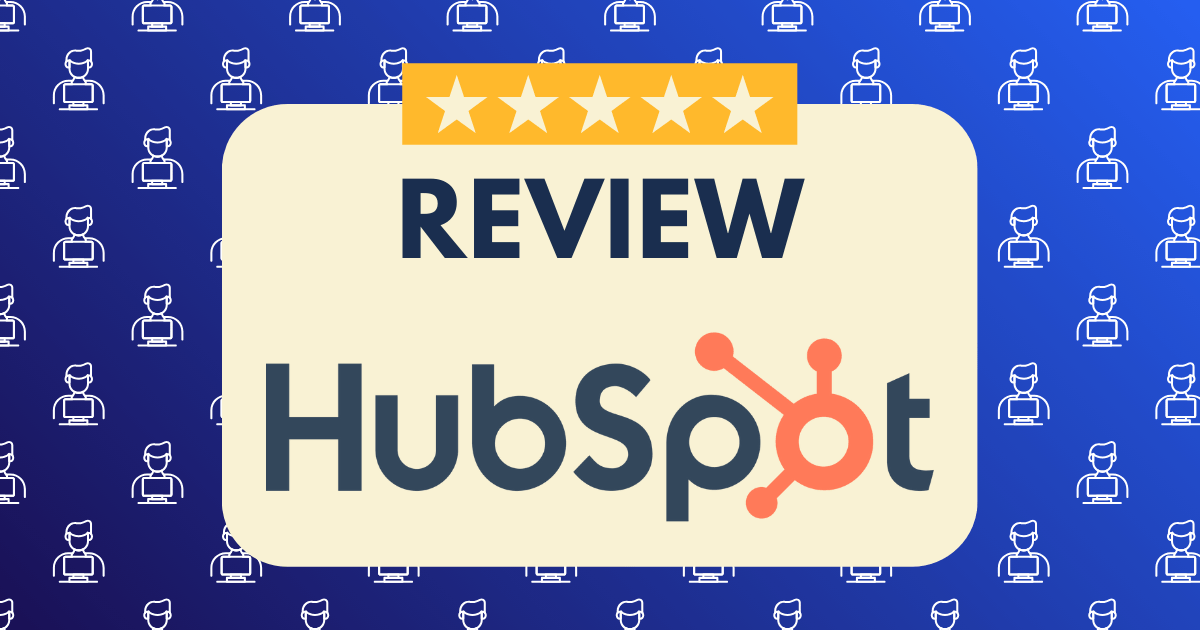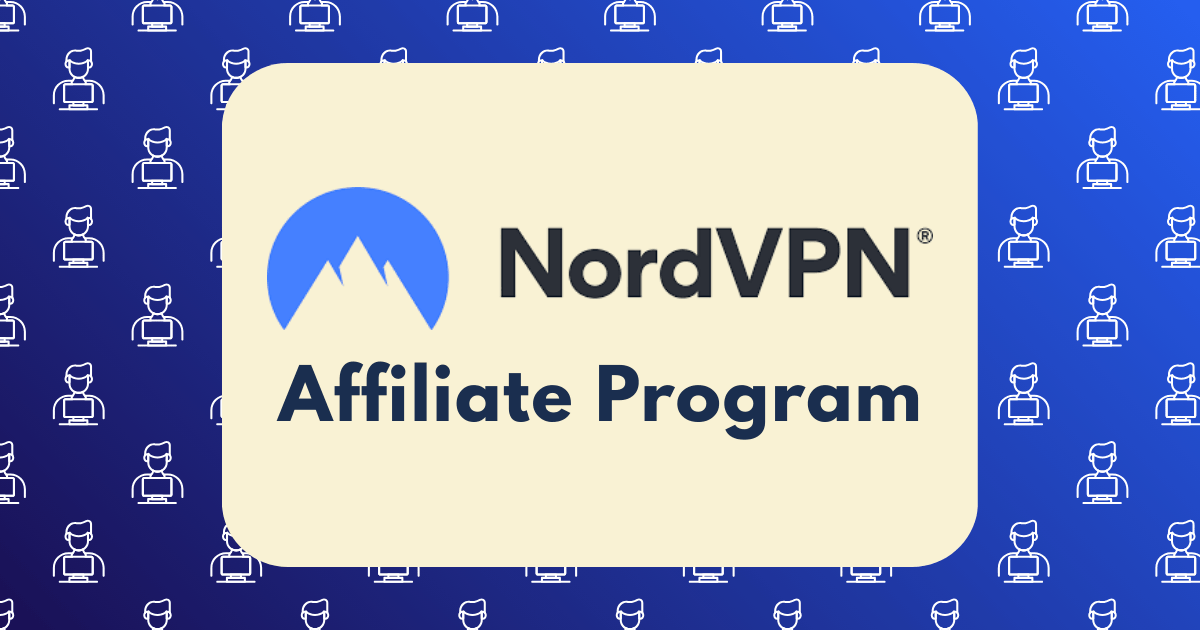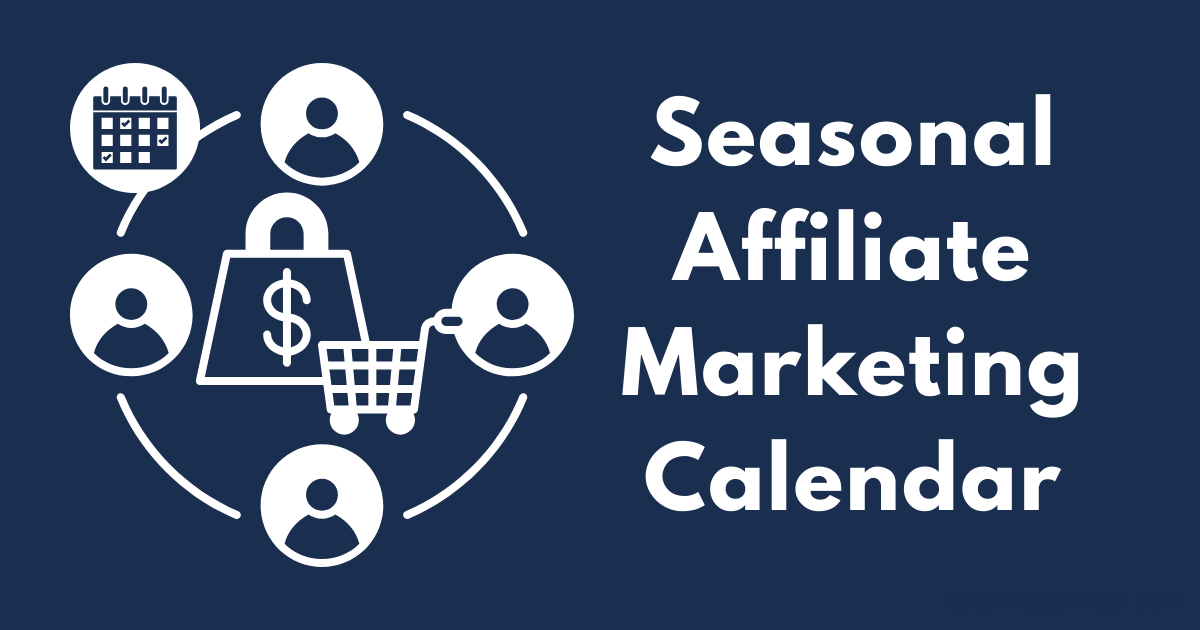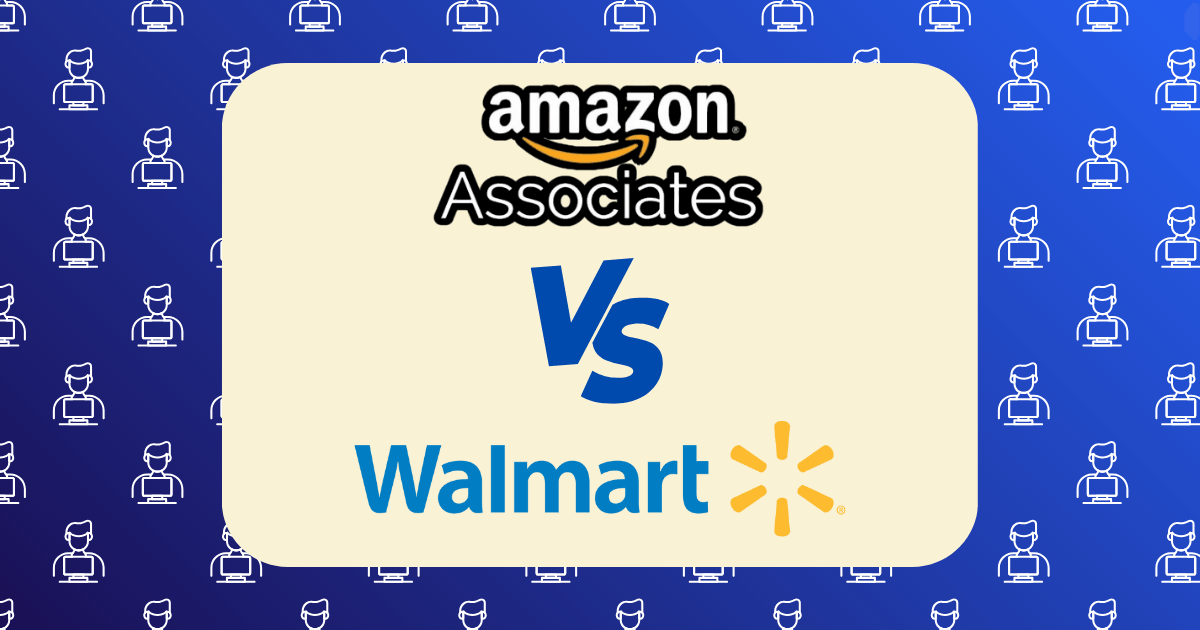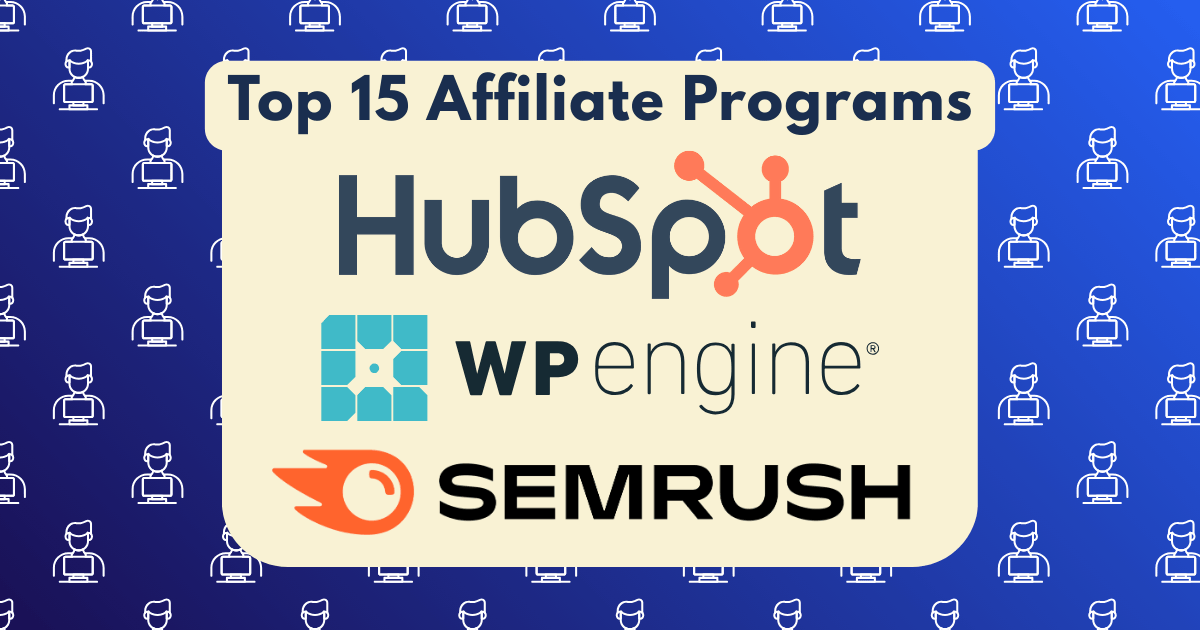ShareASale vs CJ Affiliate: I Promoted the Same Products on Both Networks—Here’s What Happened
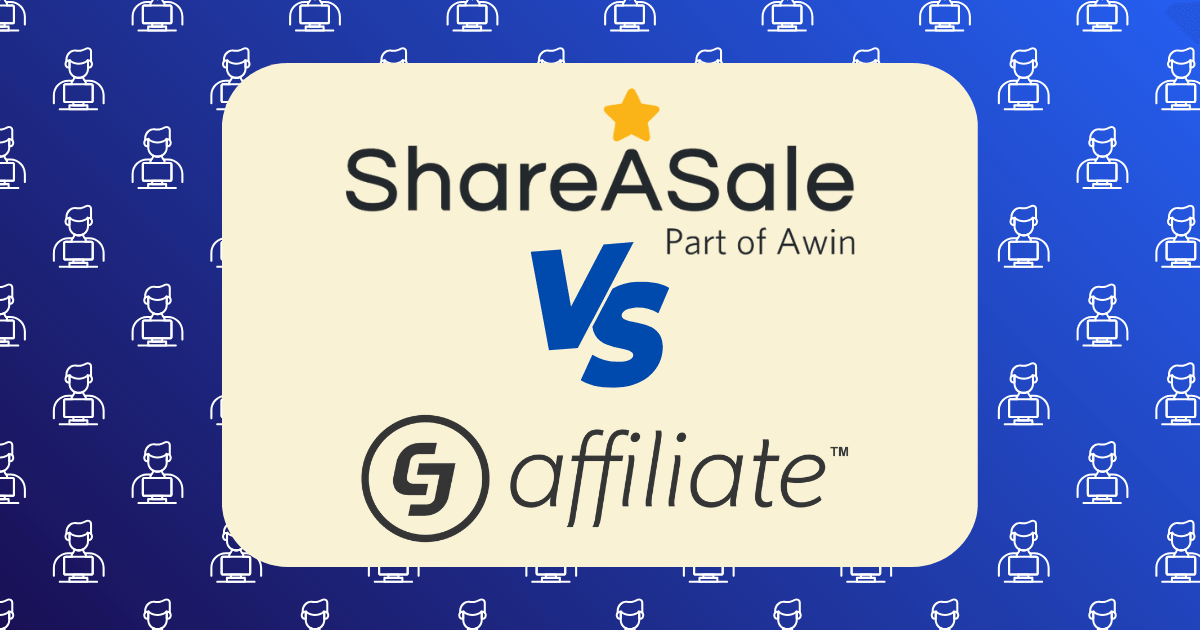
Have you ever wondered which affiliate network would actually put more money in your pocket? I did. So I stopped wondering and started testing.
For three months, I ran identical campaigns promoting the same products on both ShareASale and CJ Affiliate. No theories, no “expert opinions”—just real data from real campaigns with real money on the line.
The results surprised me. And they might just change how you approach your affiliate strategy.
The Experiment Setup: Keeping It Fair
Before diving into the results, let’s talk about how I set this up to be as fair as possible:
- Same products: I found 5 merchants with nearly identical programs on both platforms
- Same content: Identical promotional materials across both networks
- Same traffic sources: Split-tested traffic from my email list and blog
- Same timeframe: Ran all campaigns simultaneously for 90 days
- Same effort: Equal promotion time and energy allocated to both networks
Finding merchants who operated on both networks with similar commission structures was the toughest part. After some digging, I managed to locate five suitable candidates across different niches: a SaaS tool, a fashion retailer, a supplement company, a home décor brand, and an online course platform.
The Raw Results: Numbers Don’t Lie
Let’s cut to the chase. Here’s what happened after 90 days:
| Metric | ShareASale | CJ Affiliate |
| Click-through Rate | 4.2% | 3.9% |
| Conversion Rate | 2.8% | 3.5% |
| Average Commission | $42.80 | $51.50 |
| Total Earnings | $3,741 | $5,618 |
| Payment Processing Time | 35 days | 22 days |
CJ Affiliate generated about 50% more revenue despite slightly lower click-through rates. That’s significant.
But raw numbers only tell part of the story.
Beyond the Numbers: The Experience Factor
While CJ Affiliate won the revenue battle, the full picture is more nuanced:
The Application Process
ShareASale made getting started painless. I was approved for 4 out of 5 merchant programs within 48 hours. Their interface is straightforward, and the $5 deposit (which gets refunded with your first payment) is a small price for entry.
CJ Affiliate was a different story. Their merchant approval process is notoriously strict, and it showed. I was initially rejected by two merchants and had to improve my site’s content and traffic metrics before reapplying. The platform feels designed for established affiliates rather than newcomers.
As Hostinger points out, CJ often requires platforms with substantial traffic (10,000+ monthly pageviews) for premium commissions.
User Experience & Tools
ShareASale’s interface feels like it was designed in 2010 and never updated. It’s functional but clunky. That said, I found their deep-linking tools and product showcase widgets surprisingly effective and easy to implement.
CJ Affiliate’s dashboard is more modern and provides significantly more powerful analytics. Their real-time reporting allowed me to optimize campaigns on the fly, which likely contributed to their higher conversion rates.
According to Gen3 Marketing, CJ’s advanced tracking tools and cross-device tracking capabilities give it an edge for serious affiliates.
Payment Reliability
Both networks were reliable with payments, but CJ Affiliate’s faster payment processing (22 days vs. ShareASale’s 35 days) meant I could reinvest earnings more quickly.
ShareASale’s twice-monthly payment schedule (on the 1st and 15th) is technically more frequent than CJ’s single monthly payment, but the longer waiting period for commission approval negated this advantage.
The Psychology Behind the Performance Gap
As someone with a background in psychology, I couldn’t help analyzing why CJ Affiliate outperformed despite being less user-friendly. Three factors stood out:
- Trust signals: CJ’s stricter merchant standards meant consumers encountered more recognizable brands, potentially increasing trust at checkout.
- Buyer intent alignment: CJ’s tracking technology better captured customers further along in the buying journey, explaining the higher conversion rate despite fewer clicks.
- Commission structure psychology: CJ merchants often offered tiered commissions that increased with performance, which unconsciously motivated me to promote their offers more enthusiastically.
Who Should Use Which Network?
Based on my experience, here’s who I think would benefit most from each platform:
Choose ShareASale If You’re:
- Just starting your affiliate marketing journey
- Working with a smaller audience (under 10,000 monthly visitors)
- Looking for easier merchant approvals
- Focused on niche or boutique products
- Valuing simplicity over advanced features
Choose CJ Affiliate If You’re:
- An established content creator with proven traffic
- Looking to maximize revenue from each visitor
- Willing to navigate a steeper learning curve for better results
- Interested in working with larger, established brands
- Needing advanced tracking and attribution features
According to 6Sense market data, ShareASale has a much larger market share (20.82% vs CJ’s 1.48%), but this doesn’t necessarily reflect performance potential.
The Hidden Factor That Changed Everything
About halfway through my experiment, I discovered something that dramatically improved my CJ Affiliate results: their relationship-building tools.
Unlike ShareASale, CJ Affiliate provides direct communication channels with merchant managers. After reaching out to two of my merchant partners, I received custom commission increases and early access to promotions that weren’t publicly available.
This personal touch increased my CJ earnings by approximately 30% in the final month of testing.
My Six-Figure Takeaway Strategy
Based on this experiment, I’ve developed a hybrid approach that’s currently on track to generate six figures in affiliate revenue this year:
- Start with ShareASale for new niche exploration and quick approvals
- Graduate to CJ Affiliate once you have traffic and conversion data to show
- Leverage both platforms’ strengths: ShareASale for niche products, CJ for premium commissions
- Build relationships with affiliate managers on CJ Affiliate
- Use ShareASale’s simpler tools for quick campaign deployment
- Utilize CJ’s advanced analytics for optimization
The Bottom Line: Is It Worth Being on Both?
If you’re serious about affiliate marketing as a wealth-building strategy, then yes—being on both networks is worth the effort. Each platform has unique merchants and opportunities that you’d miss by choosing just one.
However, if you’re just starting out or have limited time, ShareASale provides the better entry point, while CJ Affiliate offers the higher ceiling for growth.
Remember: the most successful affiliate marketers don’t just choose platforms—they build systems that leverage each platform’s strengths while minimizing their weaknesses.
What’s Your Experience?
Have you tried both networks? Which one performed better for your specific niche? I’d love to hear your experiences in the comments below.
And if you found this case study valuable, consider sharing it with fellow entrepreneurs who might benefit from these insights.


